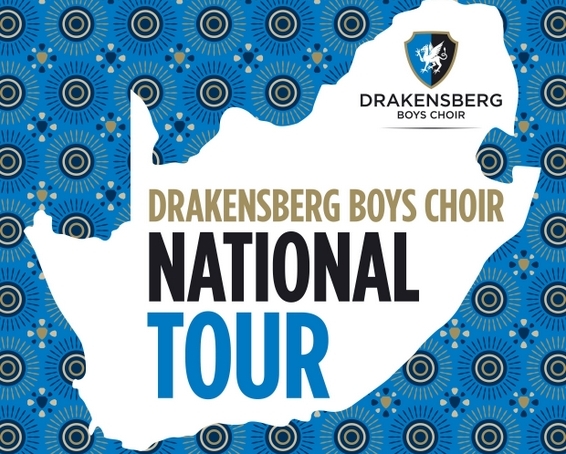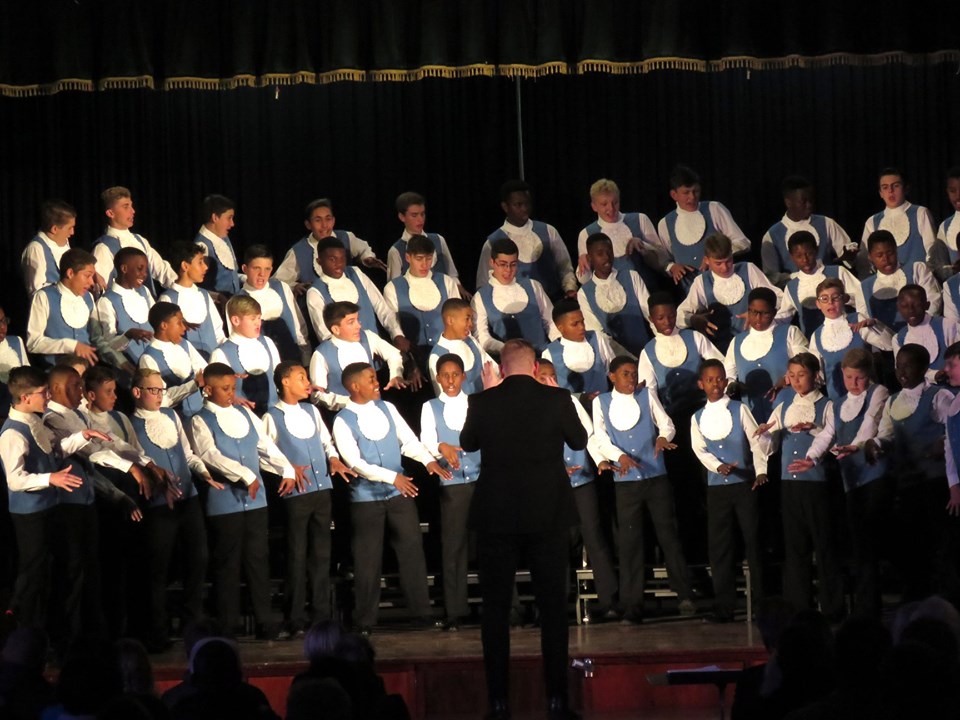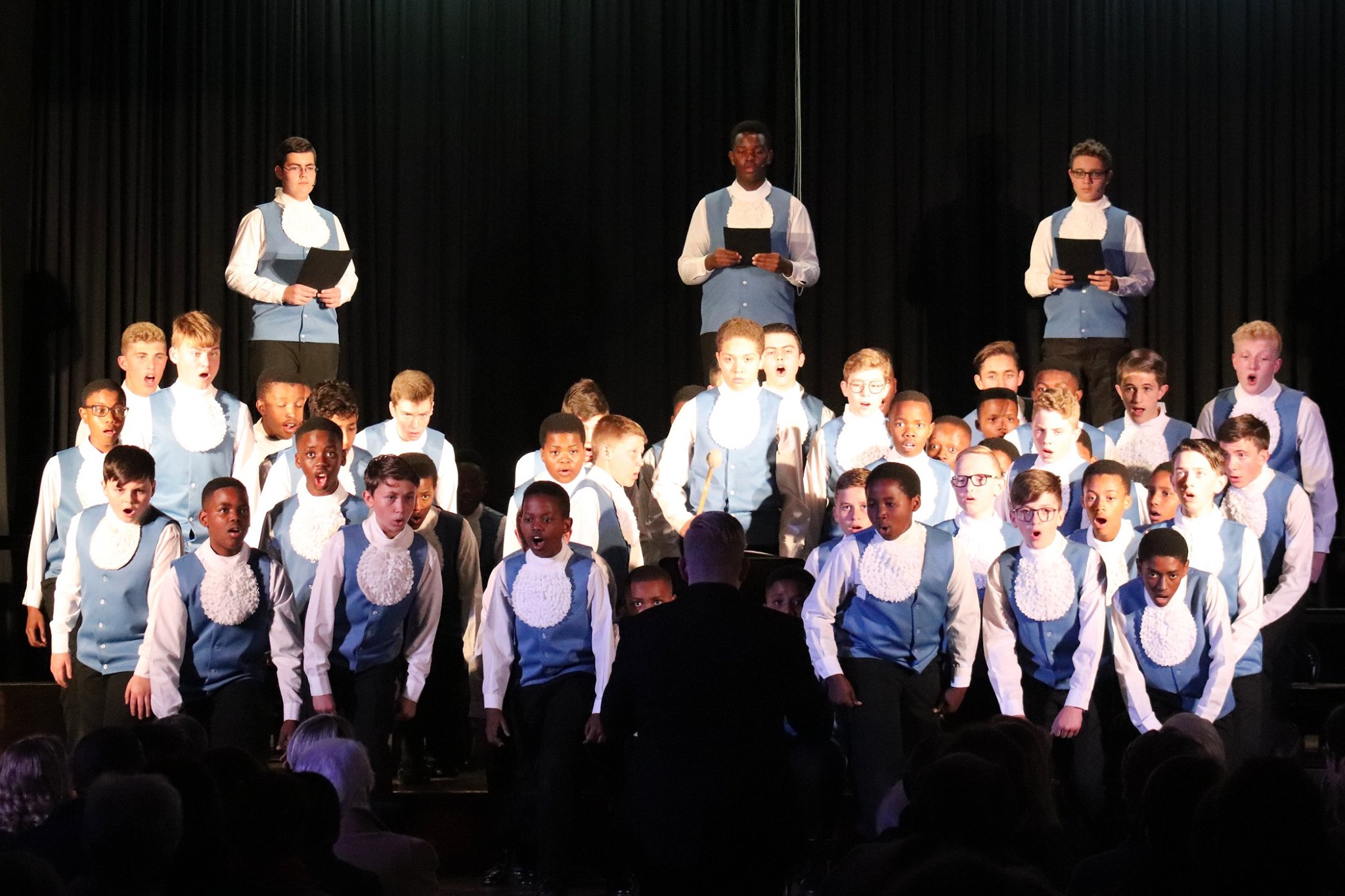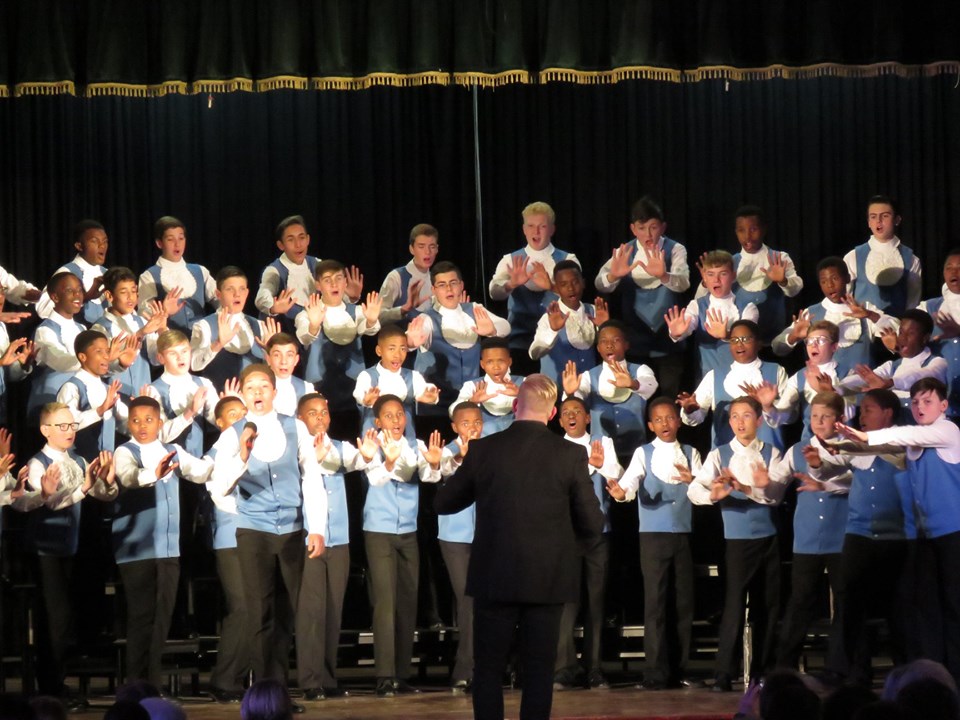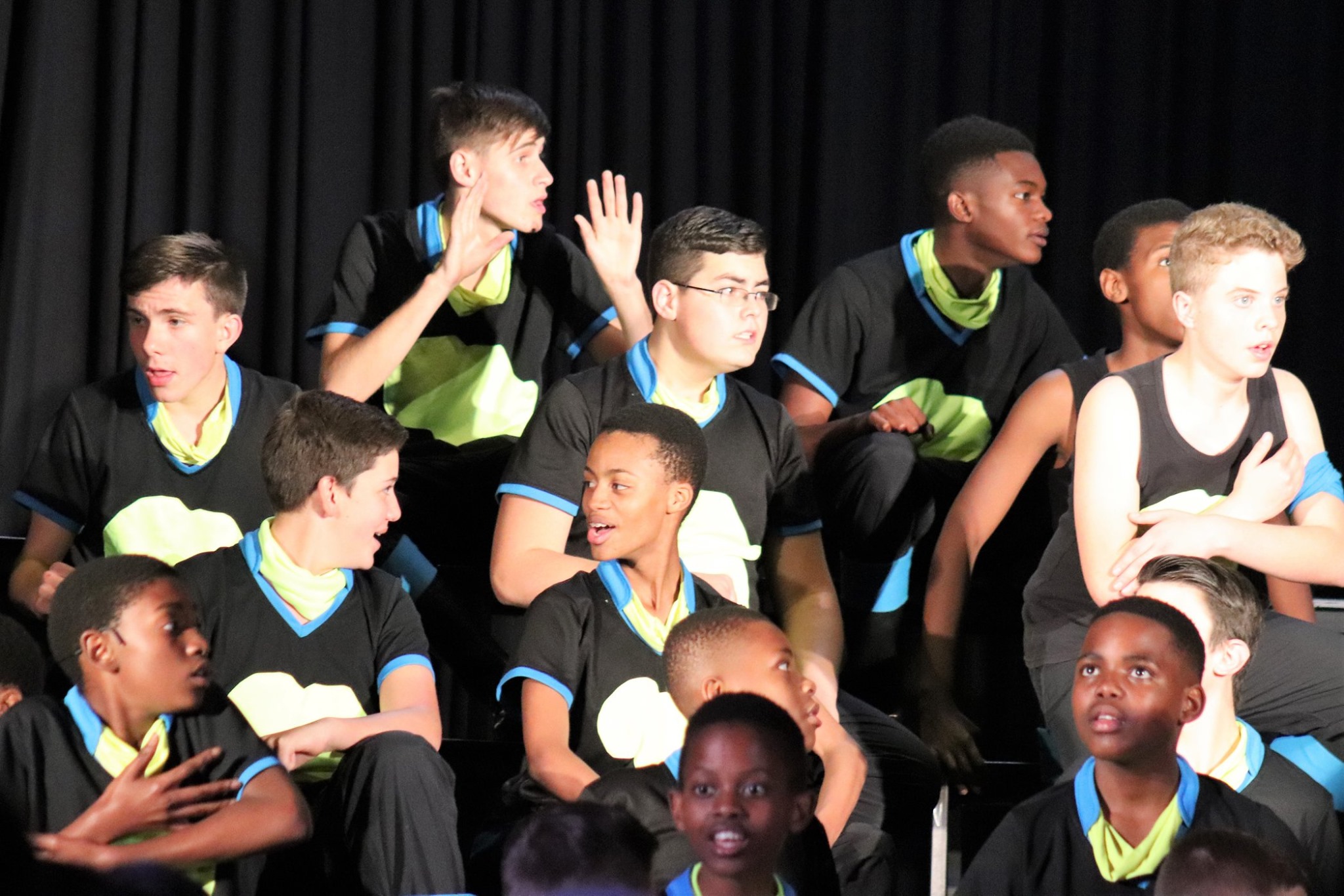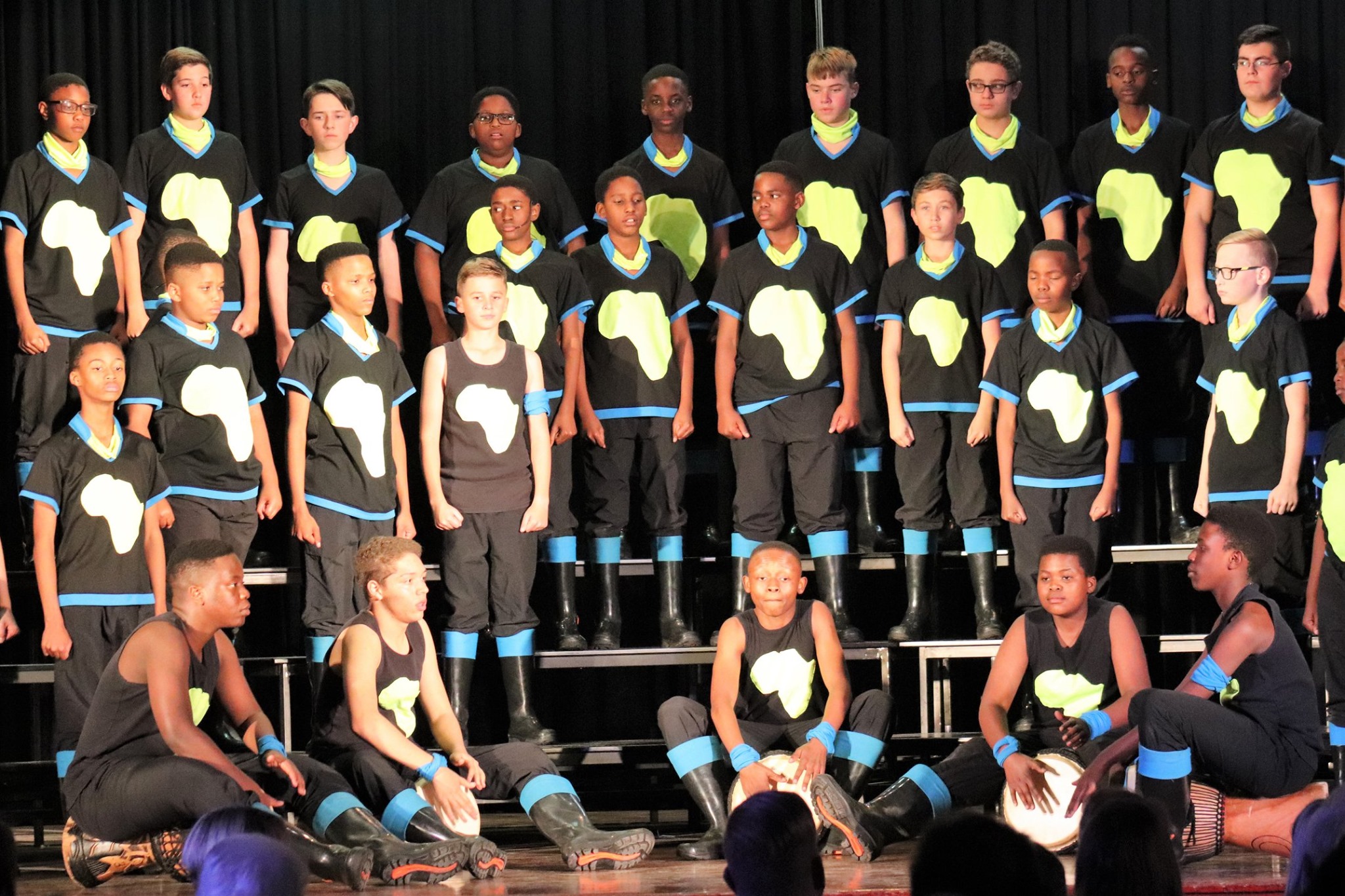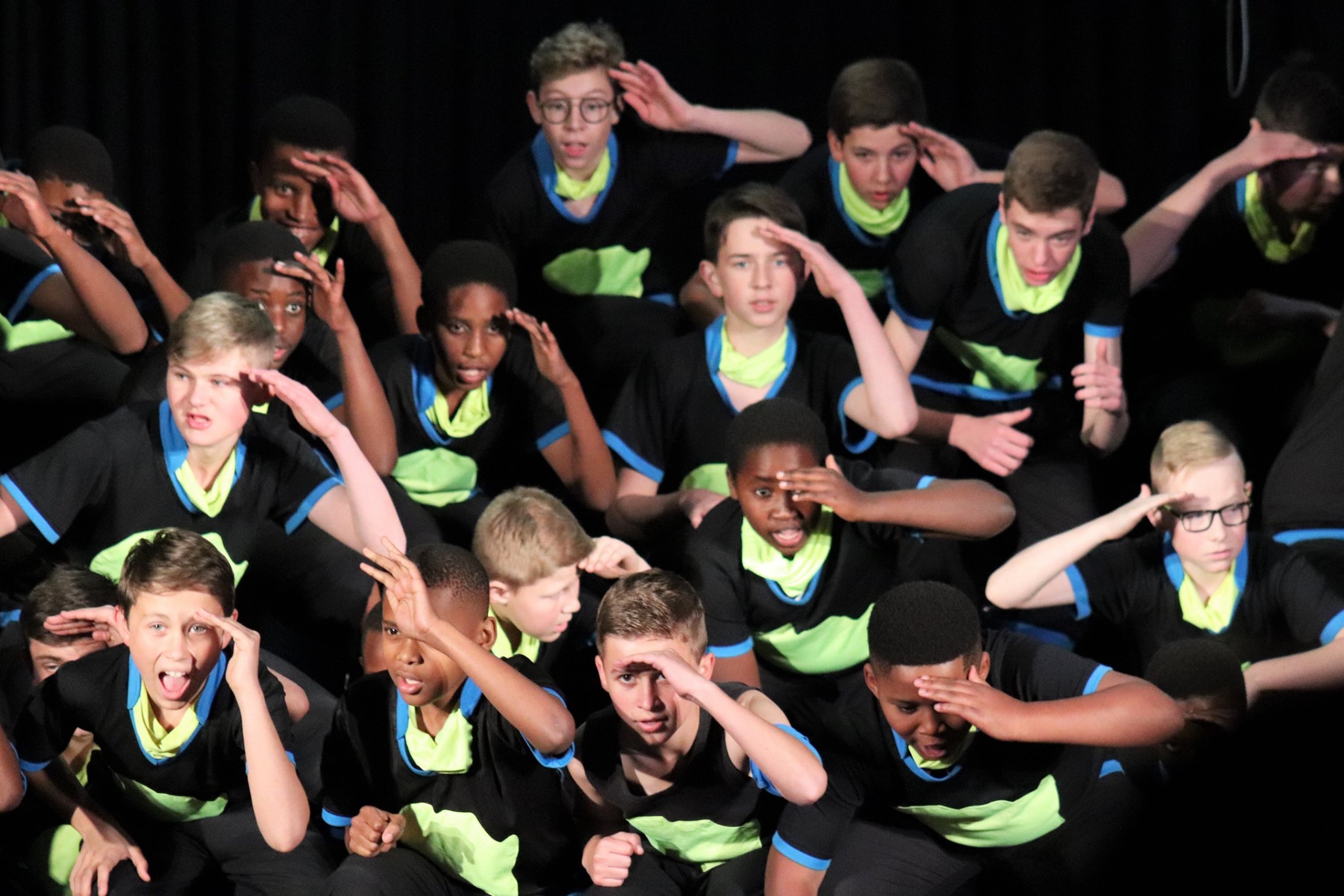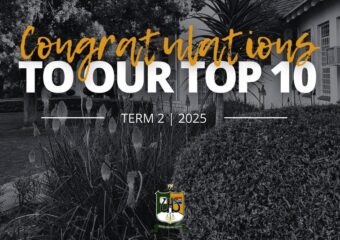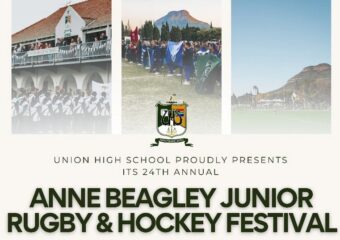Choir thrills local audience
Upon arriving at Union High School’s hall on Wednesday evening (26 June) for the performance by the Drakensberg Boys Choir, you could already get a feel for the event with excited guests milling about and the evening air thick with anticipation.
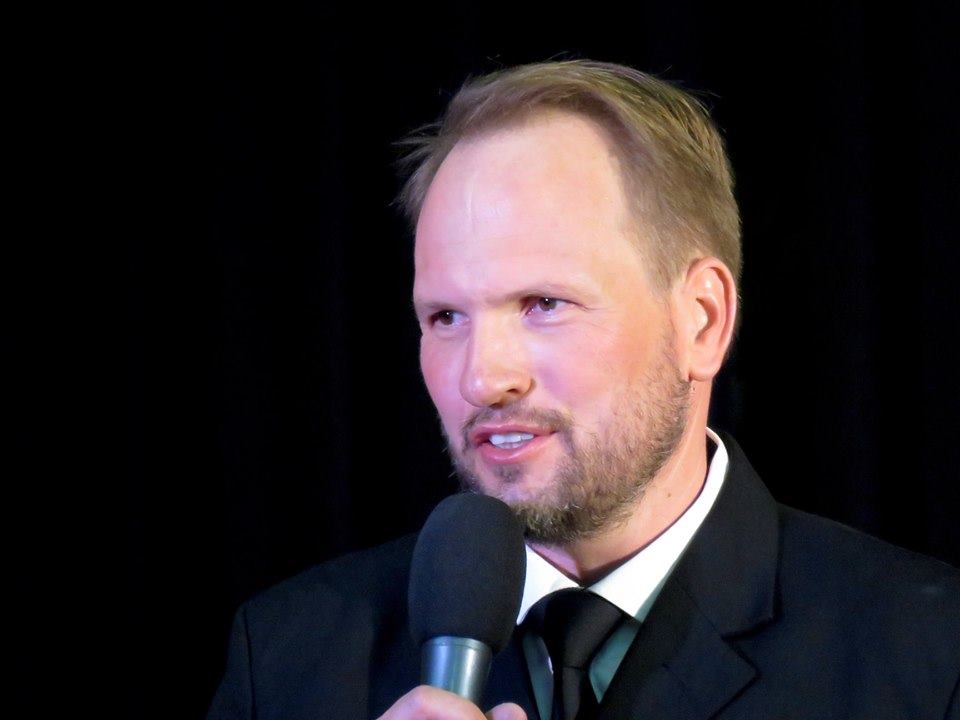
The sold-out concert attracted a large number of people from all walks of life despite the chilly weather.
After some brief socialization, audience members quickly funnelled into the hall, filling all the seats. Local André Brink, himself an Old Drakie, then welcomed guests to the event, setting the stage for the performance, after which the choir opened the concert with Mozart’s Requiem. There was no need for an introduction, as the audience was rapt from the very start of the piece.
After grounding the audience with a classic, the singers kept the concert fresh with a transition to the second song, “Curse upon Iron,” an ode to the horrors of war written by Veljo Tormis, a prolific Estonian composer. For this song, the singers are required in the score to spin, crouch and shriek at points, adding to its power. The Estonian lyrics speak of the curse of war and its weapons: “Wretched iron! You flesh eater, gnawer of bones!” The effect when the choir performed the work, even though the words were foreign to everyone in the audience, was quite dramatic.

The transitions between pieces were fluid throughout the evening, as every song, no matter its contrast with the previous song, was transitioned into in a way that never felt disconnected or rushed. For the songs that weren’t well-suited for direct musical transitions, the enigmatic conductor Bernard Krüger introduced the selections in confident and interesting ways.
Throughout the evening, it seemed as if the choristers themselves – who succeeded in delivering a well-rounded and impressive performance – were enjoying it just as much as the capacity audience. They were able to link diverse songs together which made many of the songs stand out and memorable after the concert was over.
Of these songs, Joshua na die Reën’s “Lig Op Die Horison” was particularly engaging. The song speaks of how, in good times and in bad, there is always light on the horizon, even when the storms are raging and it feels as though the tough times will never pass.
Another song that stood out for its ability to move the crowd was “Bohemian Rhapsody”. The choir did a wonderful job of creating the perfect atmosphere for the song both through the choristers’ body language as well as their vocals.
After the first half was ended by an uplifting Johnny Clegg number, there was a short intermission during which the audience enjoyed a warming cup of coffee, which was then followed by an enthralling second half, themed, “Celebrating 25 Years of Freedom”. Featuring songs by Stanley Glasser, Lebo M, Ntsika, Hugh Masekela and Mafikizolo, the second half paid homage to iconic artists who fought against inequality and discrimination through their art. As the concert went on, none of the songs disappointed, with the last few performances, which included energetic Pata Pata and gumboot dances, being particularly notable.
The last song “Shosholoza”, described by Krüger as South Africa’s unofficial national anthem, did a good job deepening the connection between the audience and the choir – it made the audience feel like an irreplaceable friend that would be remembered even after they separated.
Overall, the entire concert was engaging and left the crowd wanting it to never end.

